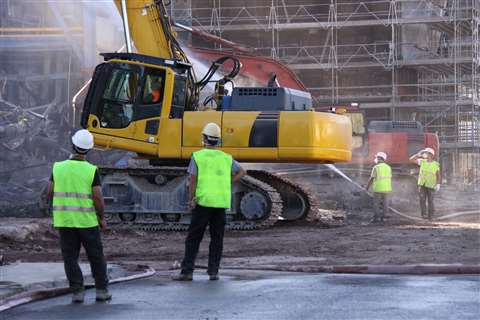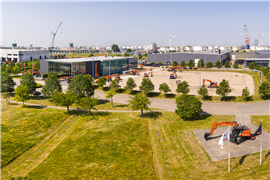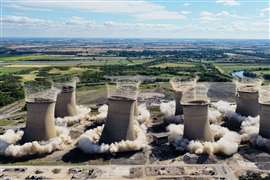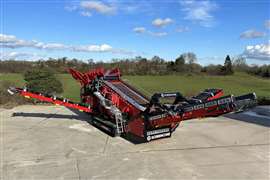UK safety body emphasises importance of planning
12 January 2022
Great Britain’s workplace regulator is urging demolition firms to double-down on thorough planning, management and control of work on job sites.
The Health and Safety Executive (HSE) is asking that businesses “properly plan, organise, manage, and monitor their work and use competent people to avoid incidents and ill health amongst their workers and the public”.
 The HSE said good health and safety management can lead to projects coming in on time and within budget. Photo courtesy Adobe Stock
The HSE said good health and safety management can lead to projects coming in on time and within budget. Photo courtesy Adobe Stock
It is promoting the message – which is also being relayed to construction companies - that health and safety management makes contracts more likely to come in on time, within budget, and often at a higher quality.
In 2021 the HSE dealt with prosecutions involving severe injuries and fatalities including a man who was killed when a garage wall at a garden collapsed on him during demolition, after a contractor who was operating a digger failed to put an exclusion zone in place whilst carrying out the work; an employee who was killed while dismantling a redundant grain drying when a farming partnership failed to ensure the integrity of the structure during the dismantling process; and the operator of a cherry picker who sustained life-changing injuries when he became trapped during a demolition operation. A HSE investigation found the vehicle he was operating was not suitable for the task and had not been fitted with propriety devices to avoid the likelihood of operators being crushed.
The HSE is also reminding contractors that it is crucial to complete a survey ahead of demolition work including structural investigation and appraisal, which considers the age of the structure, type of construction, history of the building including alterations and design codes used to avoid an uncontrolled collapse.
It said specific consideration should also be given to the effect of additional weight of demolition machinery and debris on suspended floors, and the risks to nearby buildings and structures.
“Structural instability can be a problem in buildings that are old, decayed, poorly maintained, and in newer buildings that have been badly designed and constructed or abused in use,” said Sarah Jardine, head of construction at the HSE.
“Even sound structures can become unstable because of a lack of planning of construction and demolition work.
“It is easy to get it wrong even on small, straightforward structures, which makes it even more important to put the planning in place when it comes to demolishing large, complex structures. Demolishing these types of structures is a particularly hazardous activity and doing it safely is highly complicated and technical, so relevant expertise is vital.
“These jobs require careful planning and execution by contractors who are competent in the full range of demolition techniques and have access to designers and engineers with the right knowledge, skills, and experience in this area.
“Incidents caused by poor planning and risk management can have substantial human costs that are felt for many years by the victims and their families.”
CONNECT WITH THE TEAM









